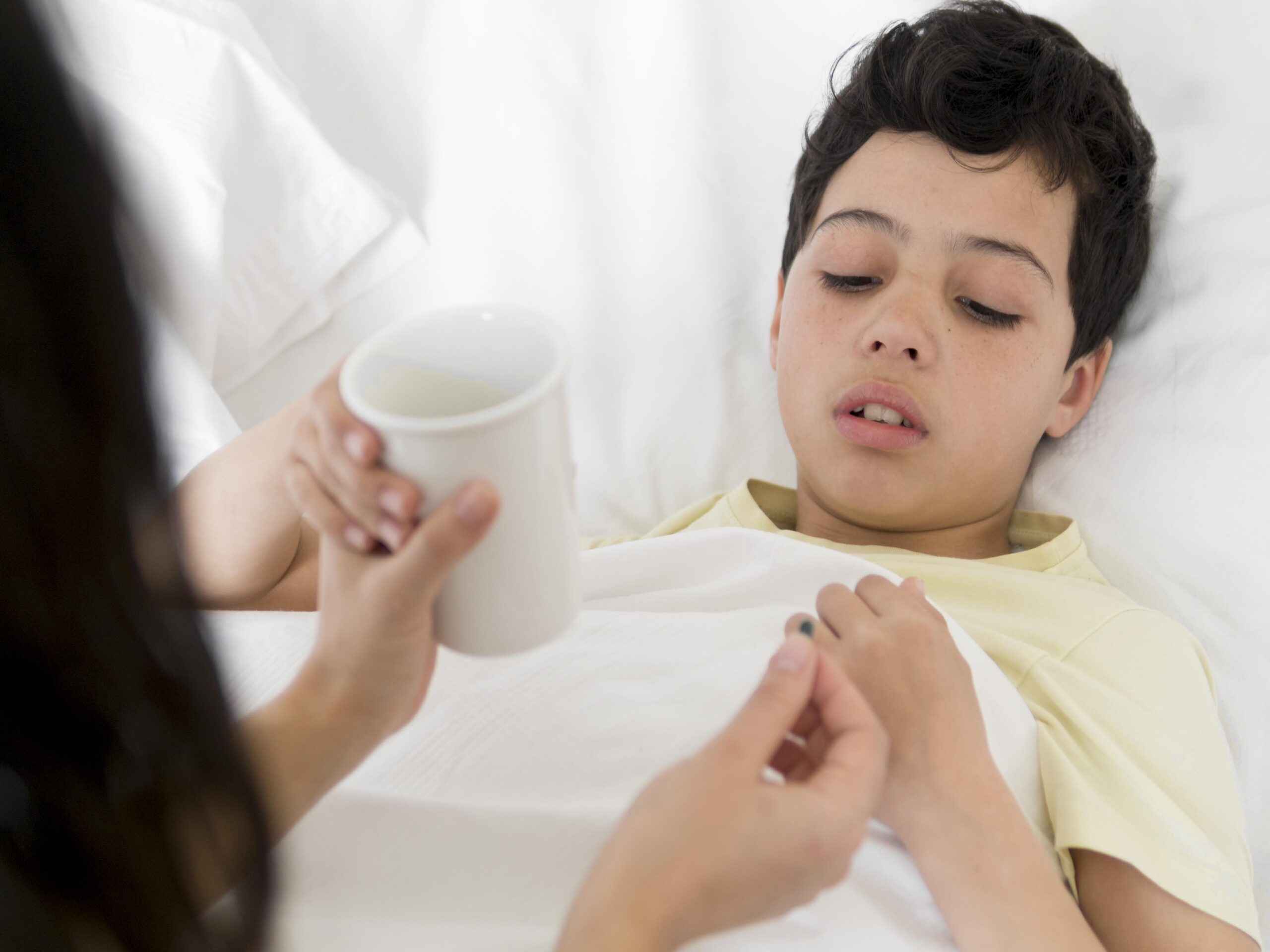What is Typhoid in Children?
Typhoid in children is a serious infection caused by the Salmonella Typhi bacteria. This illness spreads through contaminated food or water. In many places, especially where clean water is hard to find, typhoid can affect kids more often. Early care is important because typhoid can become dangerous if not treated. Parents should know the signs, how doctors diagnose it, and ways to prevent it. Understanding typhoid symptoms in kids helps families act quickly and keep children safe.
Common Symptoms of Typhoid in Children
Typhoid symptoms in kids can look like other common illnesses at first. However, some signs are more specific to typhoid. Watch for these symptoms:
Sometimes, children may also feel confused or very sleepy. If your child has these symptoms, especially after travel or during an outbreak, seek medical help. Early diagnosis helps prevent serious problems.
Causes and Risk Factors
Typhoid spreads when children eat or drink something with Salmonella Typhi bacteria. This often happens in areas with poor sanitation. There are several risk factors for typhoid in children:
Because children may not always wash their hands well, they are at higher risk. Good hygiene and safe food choices can lower this risk.
How Typhoid is Diagnosed in Children
Doctors use several steps to diagnose typhoid in children. First, they ask about symptoms and recent travel. Next, they may order tests to confirm the infection. Common tests include:
Early diagnosis is important. With quick testing, doctors can start the right treatment and help your child recover faster. According to the CDC, lab tests are the best way to confirm typhoid.
Treatment Options for Typhoid in Children
Typhoid treatment for children usually involves antibiotics. These medicines kill the Salmonella Typhi bacteria. Most children start to feel better within a few days of treatment. However, it is important to finish all the medicine, even if your child feels well. This helps prevent the infection from coming back. In some cases, children may need fluids through an IV if they are very weak or dehydrated. Hospital care is needed for severe cases. The World Health Organization recommends early treatment to avoid complications.
Prevention Tips for Parents
Preventing typhoid in children is possible with simple steps. Here are some tips for parents:
In areas where typhoid is common, extra care is needed. Good hygiene and safe food choices can protect your child from infection.
When to See a Doctor
If your child has a high fever for more than two days, or shows other typhoid symptoms, see a doctor right away. Quick medical care can prevent serious problems. Also, if your child has traveled to a place where typhoid is common, be extra careful. Early treatment makes recovery easier and safer.
Typhoid in children can be serious, but with early care and prevention, most children recover well. Consult a pediatrician for personalized advice if you suspect typhoid in your child.

